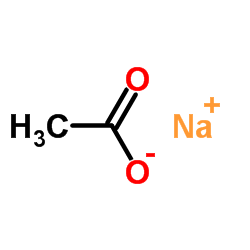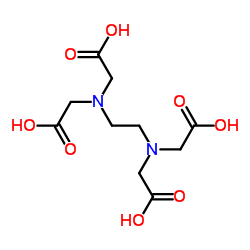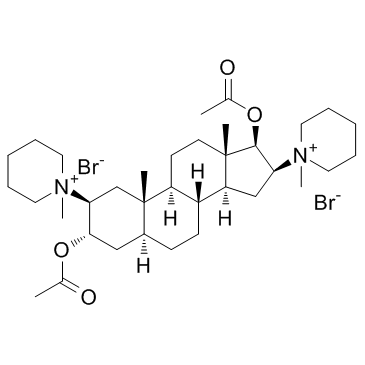| Structure | Name/CAS No. | Articles |
|---|---|---|
 |
Sodium acetate
CAS:127-09-3 |
|
 |
Ethylenediaminetetraacetic acid
CAS:60-00-4 |
|
 |
Pancuronium dibromide
CAS:15500-66-0 |